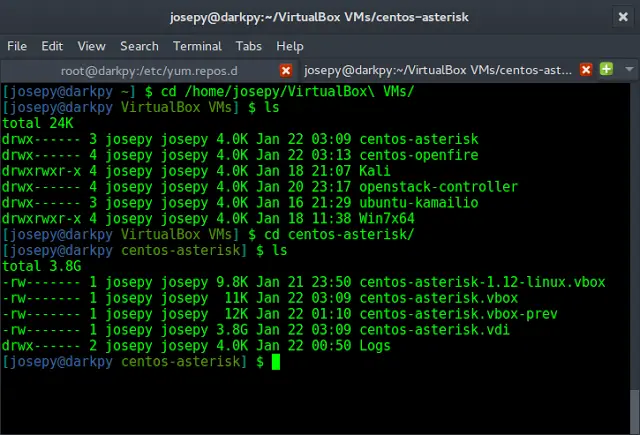Given a linked list and two integers M and N. Traverse the linked list such that you retain M nodes then delete next N nodes, continue the same till end of the linked list.
Difficulty Level: Rookie
Examples:
Input: M = 2, N = 2 Linked List: 1->2->3->4->5->6->7->8 Output: Linked List: 1->2->5->6 Input: M = 3, N = 2 Linked List: 1->2->3->4->5->6->7->8->9->10 Output: Linked List: 1->2->3->6->7->8 Input: M = 1, N = 1 Linked List: 1->2->3->4->5->6->7->8->9->10 Output: Linked List: 1->3->5->7->9
The main part of the problem is to maintain proper links between nodes, make sure that all corner cases are handled. Following is C implementation of function skipMdeleteN() that skips M nodes and delete N nodes till end of list. It is assumed that M cannot be 0.
Python
# Python program to delete M nodes # after N nodes # Node class class Node: # Constructor to initialize # the node object def __init__(self, data): self.data = data self.next = None class LinkedList: # Function to initialize head def __init__(self): self.head = None # Function to insert a new node # at the beginning def push(self, new_data): new_node = Node(new_data) new_node.next = self.head self.head = new_node # Utility function to print the # linked LinkedList def printList(self): temp = self.head while(temp): print temp.data, temp = temp.next def skipMdeleteN(self, M, N): curr = self.head # The main loop that traverses # through the whole list while(curr): # Skip M nodes for count in range(1, M): if curr is None: return curr = curr.next if curr is None : return # Start from next node and delete # N nodes t = curr.next for count in range(1, N+1): if t is None: break t = t.next # Link the previous list with # remaining nodes curr.next = t # Set Current pointer for next # iteration curr = t # Driver code # Create following linked list # 1->2->3->4->5->6->7->8->9->10 llist = LinkedList() M = 2 N = 3llist.push(10) llist.push(9) llist.push(8) llist.push(7) llist.push(6) llist.push(5) llist.push(4) llist.push(3) llist.push(2) llist.push(1) print "M = %d, N = %d Given Linked List is:" %(M, N) llist.printList() print llist.skipMdeleteN(M, N) print "Linked list after deletion is"llist.printList() # This code is contributed by Nikhil Kumar Singh(nickzuck_007) |
Output:
M = 2, N = 3 Given Linked list is : 1 2 3 4 5 6 7 8 9 10 Linked list after deletion is : 1 2 6 7
Time Complexity:
O(n) where n is number of nodes in linked list.
Auxiliary Space: O(1)
Please refer complete article on Delete N nodes after M nodes of a linked list for more details!
Ready to dive in? Explore our Free Demo Content and join our DSA course, trusted by over 100,000 neveropen!




